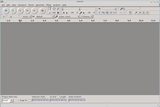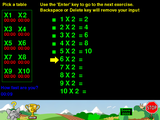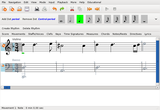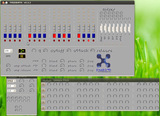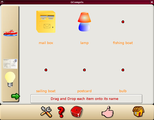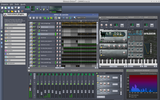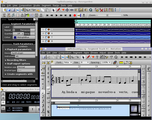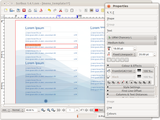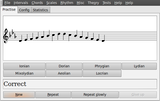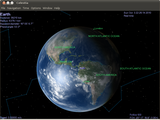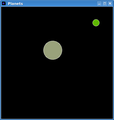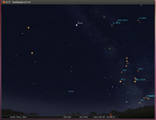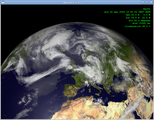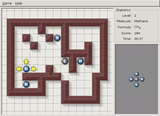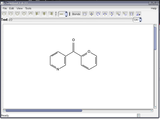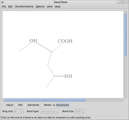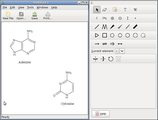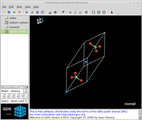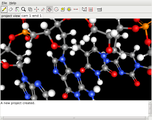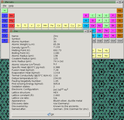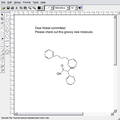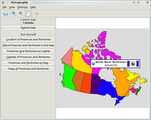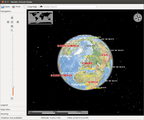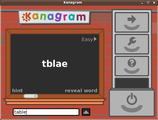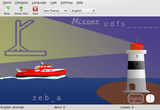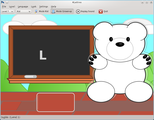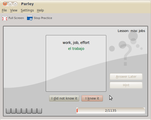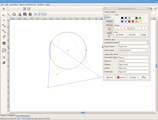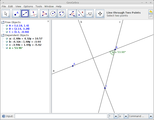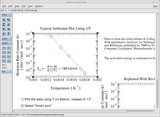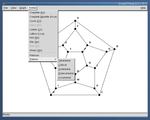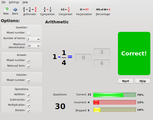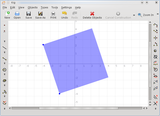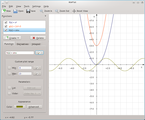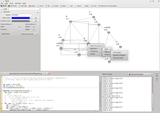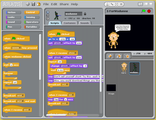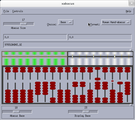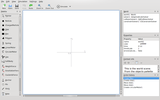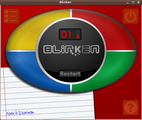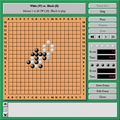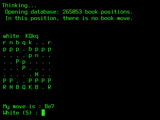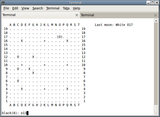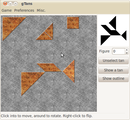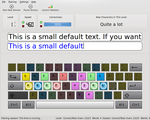It has been a while since my last English
Debian Edu and Skolelinux
interview last November. But the developers and translators are still
pulling along to get the Wheezy based release out the door, and this
time I managed to get an interview from one of the French translators
in the project, Cédric Boutillier.
Who are you, and how do you spend your days?
I am 34 year old. I live near Paris, France. I am an assistant
professor in probability theory. I spend my daytime teaching
mathematics at the university and doing fundamental research in
probability in connexion with combinatorics and statistical physics.
I have been involved in the Debian project for a couple of years
and became Debian Developer a few months ago. I am working on Ruby
packaging, publicity and translation.
How did you get in contact with the Skolelinux / Debian Edu
project?
I came to the Debian Edu project after a call for translation of
the
Debian Edu manual for the release of Debian Edu Squeeze. Since
then, I have been working on updating the French translation of the
manual.
I had the opportunity to make an installation of Debian Edu in a
virtual machine when I was preparing localised version of some screen
shots for the manual. I was amazed to see it worked out of the box and
how comprehensive the list of software installed by default was.
What amazed me was the complete network infrastructure directly
ready to use, which can and the nice administration interface provided
by GOsa². What pleased
me also was the fact that among the software installed by default,
there were many "traditional" educative software to learn languages,
to count, to program... but also software to develop creativity and
artistic skills with music (Ardour,
Audacity) and
movies/animation (I was especially thinking of
Stopmotion).
I am following the development of Debian Edu and am hanging out on
#debian-edu.
Unfortunately, I don't much time to get more involved in this
beautiful project.
What do you see as the advantages of Skolelinux / Debian
Edu?
For me, the main advantages of Skolelinux/Debian Edu are its
community of experts and its precise documentation, as well as the
fact that it provides a solution ready to use.
I would add also the fact that it is based on the rock solid Debian
distribution, which ensures stability and provides a huge collection
of educational free software.
What do you see as the disadvantages of Skolelinux / Debian
Edu?
Maybe the lack of manpower to do lobbying on the
project. Sometimes, people who need to take decisions concerning IT do
not have all the elements to evaluate properly free software
solutions. The fact that support by a company may be difficult to find
is probably a problem if the school does not have IT personnel.
One can find support from a company by looking at
the
wiki dokumentation, where some countries already have a number of
companies providing support for Debian Edu, like Germany or
Norway. This list is easy to find readily from the manual. However,
for other countries, like France, the list is empty. I guess that
consultants proposing support for Debian would be able to provide some
support for Debian Edu as well.
Which free software do you use daily?
I am using the KDE Plasma Desktop. But the pieces of software I use
most runs in a terminal: Mutt and OfflineIMAP for emails, latex for
scientific documents, mpd for music. VIM is my editor of choice. I am
also using the mathematical software
Scilab and
Sage (built from
source as not completely packaged for Debian, yet).
Do you have any suggestions for teachers interested in
using the free software in Debian to teach mathematics and
statistics?
I do not have any "nice" recommendations for statistics. At our
university, we use both R and
Scilab to teach statistics and probabilistic simulations. For
geometry, there are nice programs:
- drgeo and
kig to do
constructions in planar geometry
- kali
to discover symmetry groups (the so-called wallpapers and frieze
groups), although the interface looks a bit old.
I like also
cantor, which
provides a uniform interface to SciLab, Sage,
Octave, etc...
Which strategy do you believe is the right one to use to
get schools to use free software?
My suggestions would be to
- advertise the reduction of costs when free software is used.
- communicate about the quality of free software projects, using
well known examples like Firefox, ThunderBird and
OpenOffice.org/LibreOffice.
- advertise the living and strong community around the project.
- show that it is not more difficult to use than any other
system.
